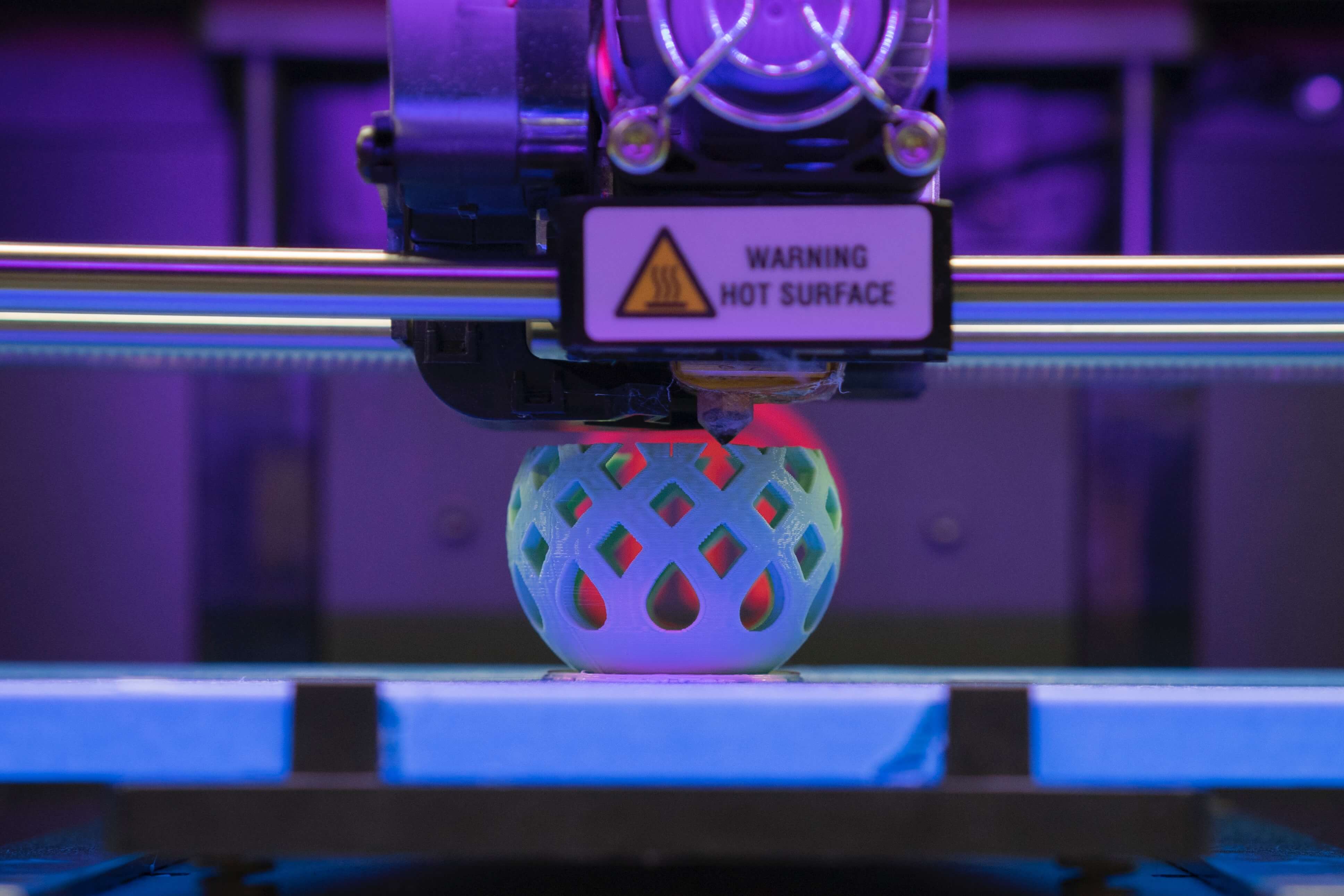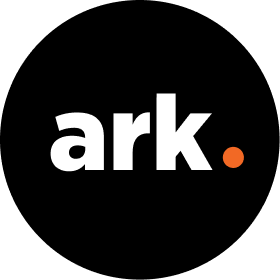Before the mid-1990s, virtually all, personal and business communications were analogue. Print has been the oldest communication channel and global demand for paper is strong and stable. The last 15 years has seen the arrival of digital technologies and an ever-increasing proportion of communications is now digital not analogue.
Digital Printing surpassing Offset Printing
Digital printing, from the term itself, is a printing method that transfers or prints digital-based images directly to a range of media. As compared to offset printing, digital printing doesn’t utilize plates to print or transfer an image. Digital printing makes use of toners similar to laser printing and other large printers that do not utilize liquid ink. Digital printing is great for low quantity prints.
The world of printing has gone through a tremendous transformation in the past decade or so. This has completely revolutionized the process of printing and eased the whole experience for the users. Cost-effective printers that are capable of generating high-quality prints have been one of the major concerns of printer owners all over the world.
Through the medium of this post, we are going to have a look at a few of the latest trends in printing technology that you should look forward to in 2019.
Cost Effective Printing is of Prime Demand
More than the advanced features that the modern day printers include these days, an average printer user stresses upon the cost-effectiveness aspect. Printing is not just restricted to the workplaces and has become an integral part of our homes as well. Most of the printer manufacturers are coming up with cost-effective printers keeping in mind the home-based users.

3D Printing Will Penetrate into The Different Sectors
It has been quite a few years since 3D printing came into existence but still, it has not been adopted in most sectors. However, in 2019 this is going to change. 3D printing technology is capable of producing three-dimensional objects by making use of the additive manufacturing process. There are a lot of industries where 3D printing technology has a pivotal role to play. It simplifies a lot of internal processes which appeared quite intricate with 2D printing. The manufacturing and medical industry are two industries where 3D printing is penetrating quickly.
Erasable Printing Technology
The first prototype of the erasable printing technology was demonstrated by the Japanese multinational Toshiba. This technology will automatically erase all the contents that are showcased on a piece of paper. The whole concept of erasable technology takes its cues from the technology that was intended for Pilot pens. Under this, ink is deposited onto a page that is then rendered transparent by making use of high-temperature heat plate that you will find within the equipment. This is a revolutionary technology as users will not have to worry about the incorrect printing material. All they need to do is put it back into the printer and the content will be erased.
Sheet Fed Digital Printing
Sheet fed digital printing is a relatively new concept and quite a few new systems have already hit the shelve. It has been adopted by some of the renowned vendors HP, Fujifilm, Konica, Minolta, and Screen. The sheet fed digital printing will benefit the commercial printing companies as they would have the ability to print close to B2 (707mm x 500mm) sheets. This will completely change the way in which the companies go about their printing business. The format sizes are expanding, however, the cost of digital printing is going down.
Focus on Automation
The printing equipment is not enough, which has shifted the focus to automation and also cross-vendor collaboration. This is because the main objective is to increase productivity. It is also referred to as Print industry 4.0 where the necessary raw materials are not ink or paper. On the contrary, it is the data that connects the different machines. The sole objective is to streamline the whole manufacturing process that will make it profitable and efficient.
Security Printing
Security printing is one of the common needs of every organization. No organization or firm can function without having a stringent security system. There have been a lot of dramatic and stern changes that have been made in this respect. Due to the increased number of threats, it has become quite vital to implement some hard steps in order to enhance security. A few of the recent advances that are being made in security printing include biometrics, advanced substrates, unique inks and 2D barcoding.

Rise in Environmentally Friendly Practices
The printing industry has created a bad image for itself as regards environmental issues. A lot of research and development have introduced technologies that are diminishing the negative impact on the environment. Companies are offering individualized solutions to the customers that will enable them to calculate the emission of greenhouse gases that are caused by their print production runs.
Developments in Inkjet Printing
The inkjet printing market has seen quite a few significant developments. This has made the printers move away from electrophotographic, and also from offset printing. With innovative inks and improved print heads, ink droplets will stick to the gloss coated paper without the need for pretreatment. This is the reason why inkjet has become a preferred choice for printing magazines and catalogs. According to experts, by 2020, more than 50% of the installs in inkjet will be sheet fed.
Mass Customization is the Future
A few of the innovative companies like Xaar and Memjet have come up with basic to complex solutions that will allow you to build a customized press of your own. A purpose-built press is the future and it doesn’t matter what you want to print. Building a customized press is all about combing the important components unique to your needs.
Substrates and Jetted Materials
There has been a large uptick in the plastic and non-paper materials. Non-document digital printing has escalated sharply in 2018, inkjet will be used for textile, foil, ceramic, wood, metal and glass. There have been a lot of product announcements that have been centered around corrugated boxes, packaging, labels, ceramics, and cartons. 3D printing has already made a foothold in the packaging industry that has made printing and designs a pivotal part of showcasing the real speed of the digital world.
Internet of Things (IoT)
There is a strong presence of cloud-based computing across the different industries. With respect to commercial printing, the information is stored from the printer or any other piece of printing equipment which is sent to the cloud. All the information will be analyzed in the cloud and then it will be sent to the end user from a dashboard. The benefit of having a working model like this is that, as a business owner, you will get the desired insight of the printing which will be helpful in adjusting the business cost models.
Online Printing Platforms
Online printing platforms will connect the customers who are in search of print products to print providers in different locations. The impact created by these platforms has been increasing, and come 2019, you will be able to fully witness them. The best part about online printing platforms is that it will automate the job intake and make the process of printing easier for the end users along with the printing providers.
Multi-Channel and Cross Printing
There has been a major impact of digital communications and the internet on printing. Big data, variable data printing, web to print and internet supported tools like QR codes and augmented reality has had an impact on the whole world of printed products. This will complete the workflow and make it easier for the end user to simplify the different print related jobs.
Cloud Printing
Cloud printing is utilized by quite a few business organizations. More and more people are going to adopt this new technology as it gives them the ability to utilize their smartphones and tablet computers for printing. Most companies are offering cloud printing services that will allow your printers to connect to the cloud servers. Cloud printing is a cost-effective alternative when compared with buying expensive resources and servers.

Extended Gamut Printing
Most of the high-end sheetfed ink presses have been modified for supporting the extended gamut printing. This will minimize the need for spot colors between the extensive ink inventories and the job wash-ups. Extended gamut printing is also used in flexo. This development will be driving inkjet into the packaging sector.
As the world of printing is in a state of constant evolution there is a high possibility that you will find quite a few new trends in the coming year. There is still a lot that can be done in printing. Experts are working day in day out which has resulted in developments that were a distant dream a few years back. The main objectives or outcomes of the developments made in the world of printing is to ensure cost- effective and high-quality print outputs.

